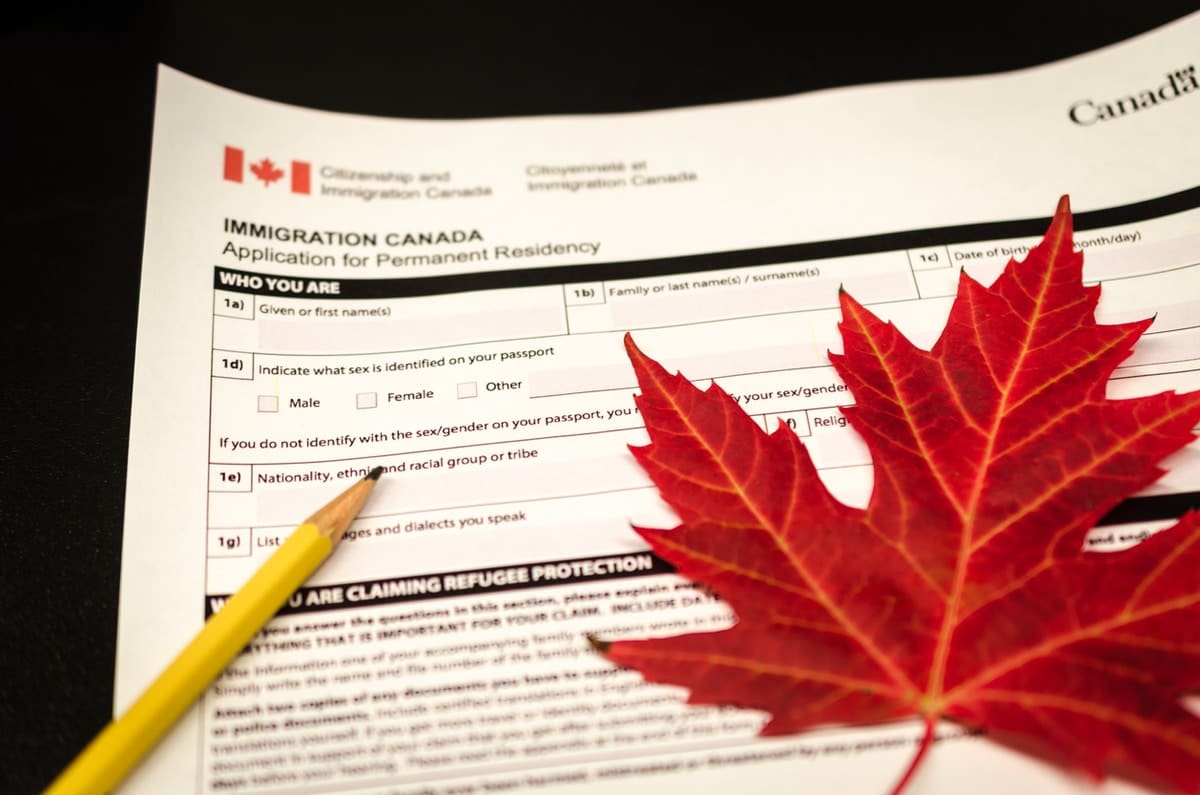What Canada’s 2020-2022 Immigration Levels Plan Means for ImmigrantsCoronavirus has left many people uncertain about their immigration plans for the future. The government's attention on curbing the virus has resulted in travel restrictions to the world, but despite that, on March 12, Canada released its Immigration Levels Plan 2020-2022.

The change made it clear the Canada's immigrants are a priority. The proposal, as well as changes to recent restrictions, showed that the government is working hard to reduce COVID-19's effect on foreign students and other immigrants.
The Immigration Rates Plan for Canada is a multi-year program intended to help predict the possible economic effects of future immigration, and what needs to be done to facilitate immigrant integration. Immigration accounts for more than three fourths of the country's population growth.
With the virus' anticipated global economic aftereffects, Canada will have to focus more than ever on immigration efforts. The program is designed to promote long-term economic development, with immigrants in the workforce filling up potential needs. When baby boomers age, immigrants will most likely see their expertise and experience become highly important to prospective employers.
What does this plan mean, then? Let's look at it closer.
Improved migration numbers
Canada's Immigration Rates Plan 2020-2022 set a target of 341,000 new permanent residents in 2020, the same amount as in 2019. The 2021 goal then increases to 351,000, and 2022 to 361,000. Such estimated figures show the positive effect that immigrants have on the Canadian economy through consumption, labor, and taxes.
Changes to Class admissions
The 2020-2022 plan increases 1,000 admissions in the Economic and Refugee classes compared to the previous level plan. The overall growth of the Economic class is projected, from 195,800 in 2020 to 212,050 in 2022. Economic pilots and provincial and territorial candidate systems should be placing more emphasis on these. While, from 2020 to 2021, the overall number of Refugees and Protected Persons will increase by 2,250 and from 2021 to 2022, by 1,000.
Already planned to increase the Humanitarian and Other class over the three years, from 4,500 in 2020 to 5,000 in 2021 and 2022. Meanwhile, at 91,000, the Family class is expected to say the same all along.
What is the proposal for Foreign Students for Immigration Levels?
The 2020-2022 program bodes well for international students, as it indicates that immigration will be given priority by the government as a means of economic growth. This will potentially have a positive effect on the number of released visas.
Students graduating from Canadian colleges and universities will be well prepared to join the workforce as the population continues to age and there will be more opportunities. To international students looking to advance their education and careers by studying abroad, the next few years will be an excellent chance.
In the end, the new Immigration Levels Plan for Canada demonstrates the government's commitment to immigration at a time that may leave potential newcomers uncertain. One message is clear: the contributions of immigrants to the culture , society and economic growth in Canada make them invaluable to the country's future.
For more information visit here: study in canada requirements
|
Article Directory /
Arts, Business, Computers, Finance, Games, Health, Home, Internet, News, Other, Reference, Shopping, Society, Sports
|